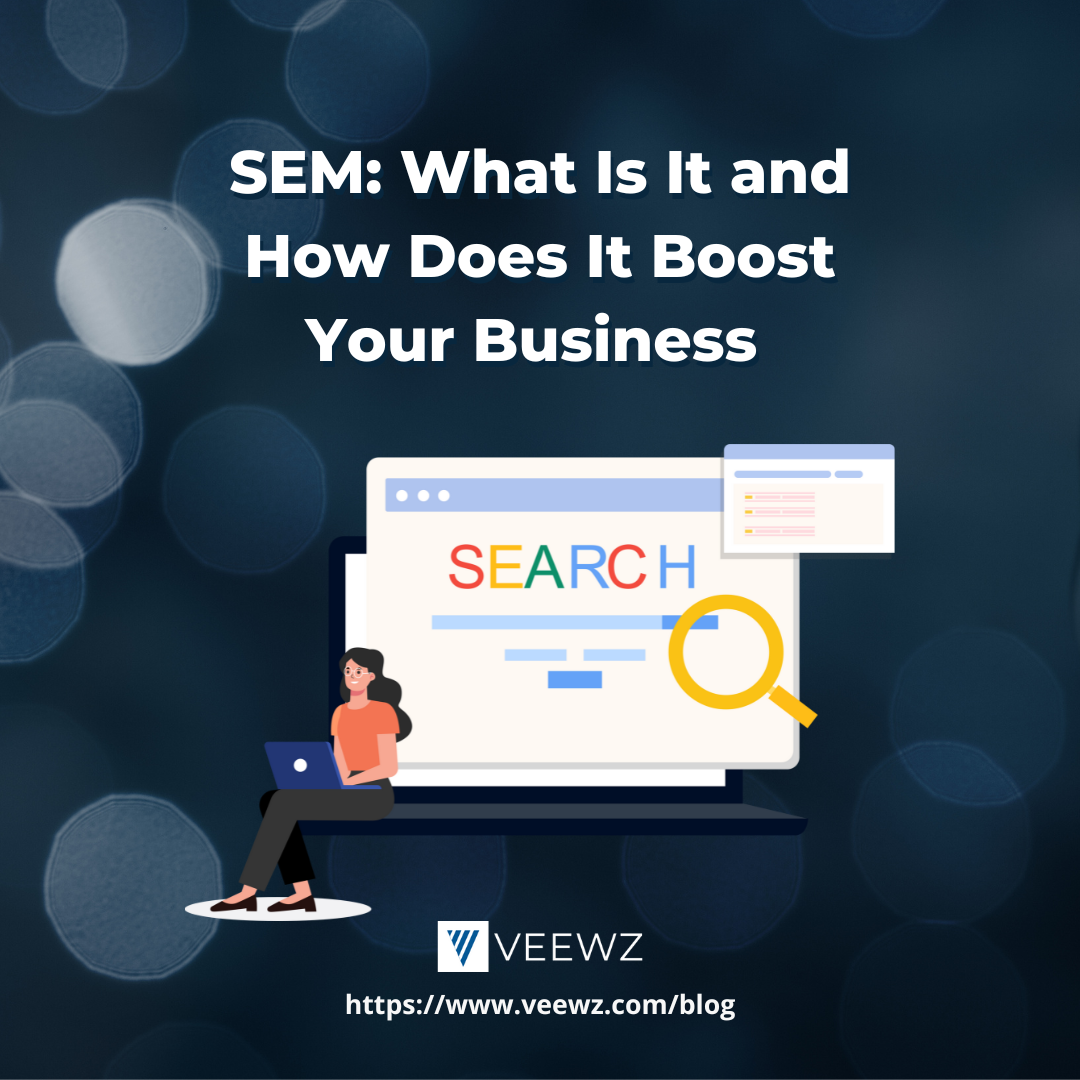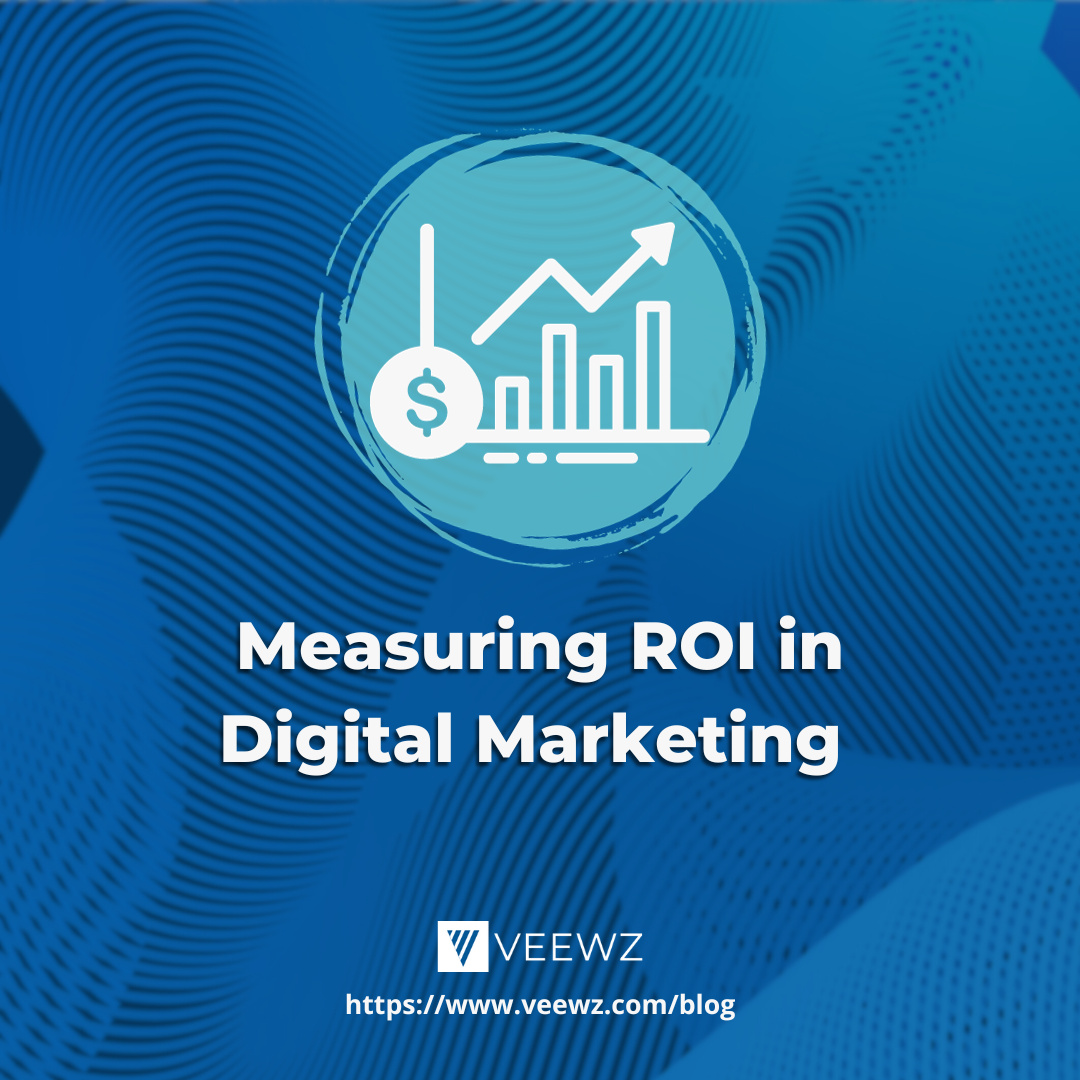
Have you ever heard of search engine optimization? If not, it’s important because many people use search engines like Google to find products and services. As a result, website owners must improve their sites for search engines to increase their visibility. So it’s a must that business owners have some type of SEO strategy in place.
Once you understand the fundamentals of SEO, you'll see that it's just a matter of certain strategies and tactics that provide search engines and visitors the best opportunity to find your website.
Fundamentals of SEO
- What is SEO?
- The Importance of SEO
- How Do Search Engines Work?
- How to Obtain a Google Listing for Your Website
- Components of SEO
- Additional SEO Points to Consider
What is SEO?
The practice of enhancing your website's organic presence in search engine result pages (SERP) is known as search engine optimization. SEO differs from paid advertising in that it returns organic search results (also known as unpaid traffic), which accounts for a larger portion of search engine traffic.
The Importance of SEO

Why should you start studying SEO foundations and implementing SEO strategies? For website owners, SEO has numerous advantages:
- More traffic is generated with SEO efforts.
Because only 75% of searchers click on results from the first page of the SERPs, having an SEO plan is critical. You will acquire the majority of clicks and traffic if your website appears on the first page for a query. Even on the first page, there's a lot of information. The closer your result is to the top, the more traffic it receives. You're losing traffic, leads, sales, and cash if your website doesn't rank close to the top.
- The traffic from SEO is reliable.
It may take longer to see the immediate impact of SEO, but it's well worth the wait. Websites that rank on the SERPs are consistent and passive traffic, unlike other traffic acquisition methods like social media or email marketing.
Google receives 6 billion searches per day, according to HubSpot. As a result, you can count on constant monthly traffic.
- SEO improves user experience (UX).
In the beginning, SEO was simple but SERPs weren’t as accurate. All you had to do was put a lot of keywords into your website then your content appears in the SERPs. After several Google algorithm adjustments, ranking in the SERPs requires more than just keywords. While excellent SEO strategies have always included UX, the latest algorithm upgrades encourage websites to increase and improve their user experience. Nowadays, websites are experiencing a higher return on investment (ROI) than other marketing tactics when the UX is optimized.
High-ranking websites include:
- The increased business value of their blog
- Savings on customer acquisition expenses
- Generated revenue for every dollar invested in marketing
How Do Search Engines Work?
It's critical to know how search engines work as part of mastering the fundamentals of SEO to determine which areas of your website need to be optimized.

There are three basic functions of search engines:
- Crawling
Crawling is the process of searching the Internet for material and inspecting the code/content for each URL found.
- Indexing
Indexing is the process of storing and organizing the material discovered during the crawling process. When a page is added to the index, it is eligible to be presented as a result of relevant queries.
- Ranking
It provides the bits of material that are most likely to answer a searcher's query, which means that results are sorted from most relevant to least relevant.
How to Obtain a Google Listing for Your Website
You can enhance your Google ranking with SEO, but you can't rank higher if Google doesn't know you exist.
This is done by creating and implementing an XML sitemap which is a file that lists all of your website's essential pages.
Use Google Search Console (GSC) to manually submit your website’s XML sitemap. This will allow GSC to measure your site's Search traffic and efficiency. It makes your site stand out in Google Search results, and you will receive feedback on your website.
You can use Google's sitemap guide to upload your sitemap to Google Search Console.
Components of SEO
Search engine algorithms are constantly changing as the Web advances, so websites must evolve alongside the engines. To claim the best possible ranking, it’s important to stay up-to-date with best practices.
If you want your website to rank well, here are some SEO components that you should be aware of when optimizing your website for top search engine rankings.

There are four primary features to ranking factors:
SEO in a technical sense
Technical SEO is optimizing the infrastructure of your website for the following but not limited to:
- Website layout
- Sitemaps
- Schema markup and structured data
- Page and website speed
- URL structure — Redirecting URLs
- Mobile-friendliness
- Website safety (SSL and HTTPS)
Researching Keywords
Keyword research involves the following:
- The process of determining what your target audience is searching for
- The possible amount of search traffic that can be sent to your website
- How difficult it is to rank those phrases
There are various paid and free keyword research tools on the market. Some of the most prominent keyword tools are Google Keyword Planner, Ahrefs, and Moz.
On-Page SEO
On-page SEO entails creating the content that search engines and users are looking for. It is the strategy and tactics used to optimize pages for specific keywords that boost search visibility and generate helpful content that answers a user's inquiry the best. Because search engines can't read per se, supplying data to help the robots organize and grasp the meaning of your content is an important aspect of on-page SEO.
Some of the following are examples of on-page SEO efforts:
- Title tags
- Headers and content formatting
- Meta descriptions
- URLs
- External and internal links
Off-Page Search Engine Optimization
The activities conducted outside your website to boost its ranking are referred to as off-page SEO. It takes into account your complete online presence. Off-page SEO can be thought of as a form of word-of-mouth marketing. Meaning, that the types of websites that link to your content and the context in which they mention your brand say a lot about your website.
The following are some examples of off-page SEO efforts:
- Creating connections for backlinks
- Blog guest posting
- Social media (social signals)
Issues & Best Practices in Technical SEO
While SEO principles have altered in recent years, such as the most effective techniques to develop links to boost search engine rankings. People refer to it as "traditional SEO," which remains incredibly beneficial in driving traffic from search engines. Keyword research is still valuable, and technical SEO flaws that prevent Google and other search engines from interpreting and ranking sites' content are still pervasive, as we've already described.
Although technical SEO for larger, more complex sites is a separate subject, there are several common faults and challenges that most sites experience. Here are some of the most common:

- Page loading time
Fast-loading sites are important to search engines. This is helpful to search engines, users and increased conversion rates. Google has produced a helpful tool called Pagespeed Insights, to help you figure out what changes you should make to your site to address page performance concerns.
- Mobile Compatibility
The "mobile-friendliness" of your site will have an impact on your rankings on mobile devices, which is a rapidly rising segment. Mobile traffic already outnumbers desktop traffic in several categories. Google just revealed an algorithm upgrade aimed precisely to address this problem. Google provides a very useful free tool called Mobile Friendly Test for getting tips on how to make your site more mobile-friendly.
- Header Reaction
Header response codes are a crucial aspect of technical SEO. If you're not very technical, this can be a complicated topic. You want to ensure that worksites send the correct code to search engines (200) and for pages that are no longer present are returning a code (a 404). By entering these codes incorrectly, you can tell Google and other search engines that a "Page Not Found" page is a working page or even worse making it appear thin or duplicated. You can tell Google that all of your site's content are 404s (so that none of your pages are indexed and eligible to rank). When search engines crawl your sites, you can use a server header checker to discover what status codes they return.
- Redirects
Implementing redirects incorrectly on your site might significantly influence search results. You should avoid moving your site's content from one URL to another whenever possible. Move content unless you have a compelling business reason that outweighs the risk of a short-term or even long-term loss in search engine traffic.
In addition, modifying your URL structure may result in broken links, reducing referral traffic and making it more difficult for visitors to browse your site.
- Content Duplication
Another focus of Google's recent Panda adjustments is thin and duplicated material. Duplicating material dilutes link equity between two pages rather than concentrating on one. This makes it less likely for you to rank for competitive terms against sites that consolidate their link equity into a single document. Search engines having a lot of replicated content makes your site look cluttered with low-quality (and possibly manipulative) information.
A variety of factors can cause duplicate or thin content. These issues can be tough to spot, but SEO tools, such as Moz and Screaming Frog SEO Spider have features for detecting duplicate content.
- Sitemap in XML
Google and Bing can use XML sitemaps to comprehend your site better and find all of its information. Just remember not to put useless pages in your sitemap and that submitting a page to a search engine via a sitemap does not guarantee that the page will rank for anything. There are several free programs available for creating XML sitemaps.
Additional SEO Points to Consider
For many organizations, mastering the technical parts of SEO, comprehending the keywords you want to target, and devising a strategy for getting your site's pages linked to and shared is all that's required. On the other hand, specific circumstances require the use of specific forms of search. The following are a few examples of search contexts that require unique approaches:
International SEO (Global SEO)
Different ways to rank sites in different nations and languages have a variety of benefits and drawbacks. Suppose you're seeking to reach clients in some international regions. In that case, Aleyda Solis has an excellent guide to international SEO best practices and also has some advice and best practices in their guide.
Local SEO
Local SEO is a search engine optimization (SEO) method that improves your company's visibility in Google's local search results.
Local SEO can assist any company with a physical address or serves a particular geographic region. Local SEO can help you expand your business if you search Google for any essential keywords linked to your company and a map with three listings shown underneath (map pack).
Search Engines for App Stores
If you have an app, either as a primary product offering or as a way to allow mobile consumers to interact with your organization – having your app come up in searches on multiple app stores can be incredibly beneficial.
Conclusion
SEO is a must if you want to increase traffic to your website. Learning the fundamentals of SEO is only the beginning of your SEO education. Start putting what you've learned into practice and expand your audience. By improving security and speed, a website with good hosting will give you a leg up on the competition in terms of SEO.
About the Author
Related Article

SEM: What Is It and How Does It Boost Your Business

Measuring ROI in Digital Marketing

.png)












.png)






















.png)

.jpg)





.jpg)





